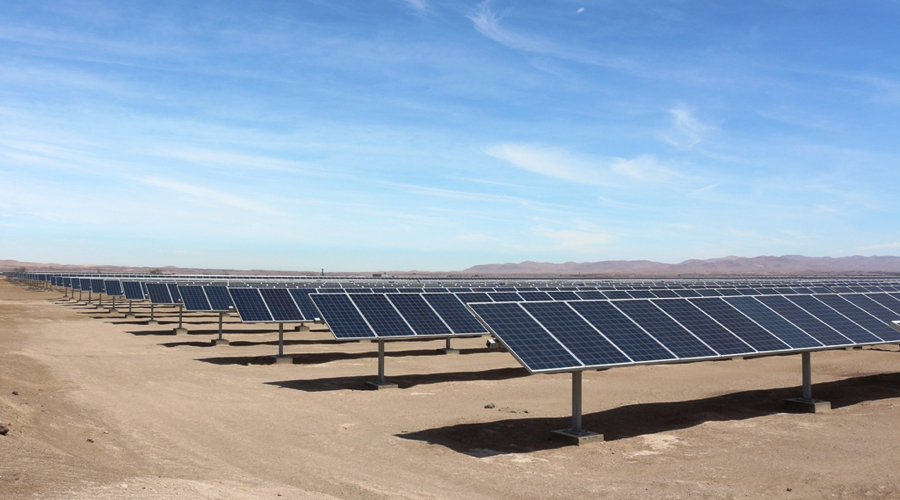Clean energy a boost for copper demand — ICA

Copper opportunities in low carbon megatrends emerged as a key topic during the joint International Copper Association (ICA) and International Wrought Copper Council (IWCC) Workshop on Trends in Copper Demand held in London on 27 October. According to a report presented by research firm Wood Mackenzie, copper usage in three clean energy sectors is expected to increase material demand as clean energy and energy saving technologies replace more traditional, energy-intensive technologies.
The sectors examined in the report were renewable energy, including wind and solar; electromobility, including electric vehicles (EVs) and energy storage; and energy efficiency, including electric motors, distribution transformers and air conditioners.
“The workshop hosted by ICA and IWCC showcased copper’s important role in meeting sustainable development challenges, and the positive impact on copper demand that should result from it,” said keynote speaker Rodrigo Toro, Senior Vice President Commercial, Codelco. “The mega-trends driving today’s global agenda all favor copper.”
“Copper is a key enabler in the transition to a low-carbon economy,” noted Colin Bennett, Market Analysis and Outreach, ICA. “A cornerstone of technological innovation, we can see from the report that, in future, copper will underpin a range of exciting technologies, enabling the 21st Century Energy Transition.”
Wind and Solar
According to the report, wind and solar power currently constitute 12% of the global fuel mix. Europe dominates with nearly 25% of its power generated by wind and solar. It is estimated that global solar and wind power will each account for over one terawatt of capacity by 2035.
The rapid growth of wind power installations is expected to consume, on average, 548 kilotonnes per annum (ktpa) of copper up to 2020. Solar power is likely to be less copper intensive, consuming 30 kilotonnes of copper per annum through the forecast period.
Electromobility
Electric vehicles contain more copper than conventional vehicles due to additional wiring, the electric motor and the battery. The charging infrastructure for EVs also accounts for increased copper usage. Charging types have varying copper intensities, with Direct Current public chargers requiring nearly 20 kilograms of copper per unit.
Growth will continue to come from Europe, the United States and developed Asian markets. China had the latest surge in EV sales as a consequence of strong government subsidies. Electric vehicles are expected to account for 34% of global sales by 2035, with over 50% of the EVs being hybrid electric vehicles (HEVs). Copper demand from passenger car EVs is forecast to overtake internal combustion engine vehicles after 2033, accounting for nearly 1.9 million tonnes of copper per annum by 2035.
Energy Efficiency
The third sector studied in the research was energy efficient equipment, including distribution transformers, electric motors and air conditioners. These applications are among the largest electricity consumers and are also major consumers of copper. They will account for an estimated 4.7 million tonnes of copper in 2017, or approximately 17% of all copper usage. A combined growth of 4.1% per annum to 9.7 million tonnes by 2035 is forecast for these applications.
The historical growth of the three sectors featured in the report have exceeded the copper market average. Furthermore, all three markets are targets for energy efficiency regulation and other initiatives. Despite rising efficiency standards, prior to 2011, design change and substitution reduced copper’s share. Going forward, however, the intensity of copper use is predicted to improve, as each incremental unit of efficiency becomes more difficult to attain and thus more materials intensive. All else being equal, increased efficiency will require increased copper usage.
————
About International Copper Association (ICA)
ICA brings together the global copper industry to develop and defend markets for copper and to make a positive contribution to society’s sustainable development goals. Headquartered in New York, ICA has offices in four primary regions: Asia, Europe and Africa, Latin America and North America. Copper Alliance® programs and initiatives are executed in nearly 60 countries through its regional offices. For additional information please visit copperalliance.org.
{{ commodity.name }}
{{ post.title }}
{{ post.date }}

Comments